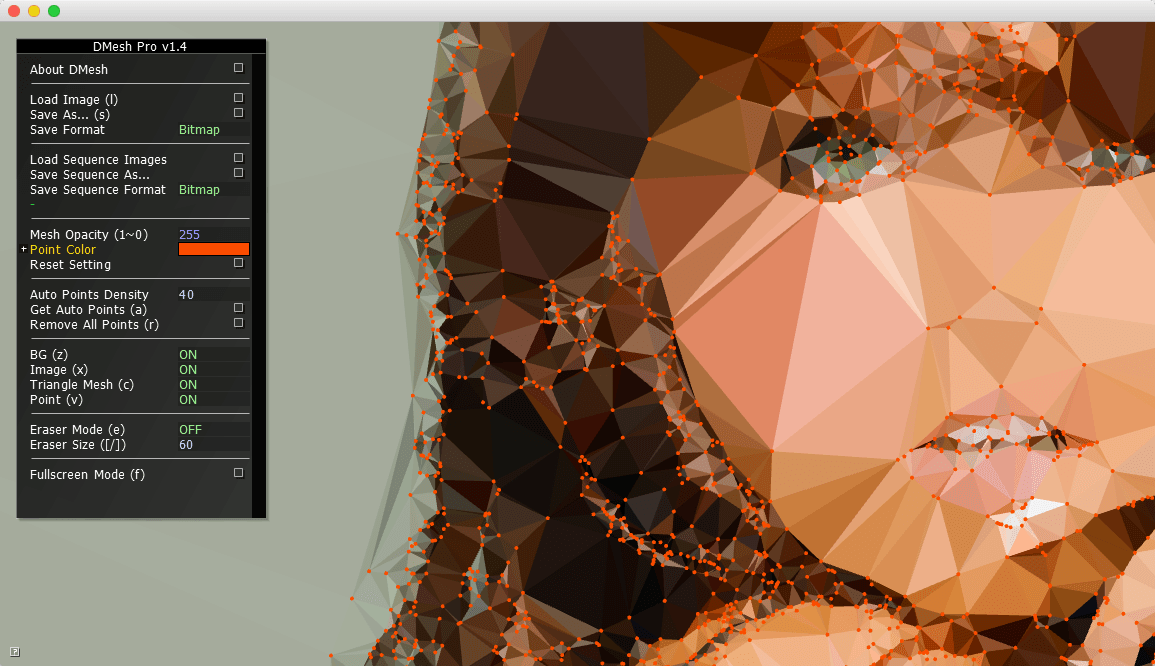

The results show more than just a list of block devices, so you can further filter your results by specifying the filesystem, XFS in this case: $ dmesg |grep -i xfs XFS (sda1): Ending recovery (logdev: internal) XFS (sda1): Starting recovery (logdev: internal) sd 2:0:0:0: Attached scsi generic sg1 type 0 XFS (sda2): Ending recovery (logdev: internal) XFS (sda2): Starting recovery (logdev: internal) sd 2:0:0:0: Write cache: enabled, read cache: enabled, doesn't support DPO or FUA Always ignore your filter's case.įor example, to see all disk (block devices) attached to your system, use the following command: $ dmesg |grep -i sd This practice is good for any subsystem or filter that you want to use. usb 1-1: new full-speed USB device number 2 using ohci-pciĪs you can see, I used the grep command with the -i option so it ignores case and I will see everything associated with USB devices regardless of that ( Usb, usb, or USB).
DMESH PHOTOS DRIVER
usbcore: registered new interface driver usbhid
DMESH PHOTOS SERIAL
usbserial: USB Serial support registered for generic usbcore: registered new interface driver usbserial_generic uhci_hcd: USB Universal Host Controller Interface driver usb usb1: Manufacturer: Linux 4.18.86_64 ohci_hcd usb usb1: Product: OHCI PCI host controller usb usb1: New USB device strings: Mfr=3, Product=2, SerialNumber=1 usb usb1: New USB device found, idVendor=1d6b, idProduct=0001, bcdDevice= 4.18 ohci-pci 0000:00:06.0: new USB bus registered, assigned bus number 1 ohci_hcd: USB 1.1 'Open' Host Controller (OHCI) Driver ehci_hcd: USB 2.0 'Enhanced' Host Controller (EHCI) Driver usbcore: registered new device driver usb usbcore: registered new interface driver hub usbcore: registered new interface driver usbfs
DMESH PHOTOS FULL
To see a full listing of USB-related messages, issue the dmesg command and grep for usb: $ dmesg |grep -i usb ohci-pci 0000:00:06.0: frame counter not updating disabled Possible post-boot messages include system errors, device errors, and information about any USB device that someone might plug in. For example, the following dmesg information appeared after inserting a USB drive: usb 1-1: new full-speed USB device number 2 using ohci-pci Between the file creation date and the next boot, you can check new messages generated by the kernel.

This command creates a text file named dmesg.txt. I usually send dmesg information to a text file using a command such as the following: $ dmesg > dmesg.`date +%m.%d.%Y`.txt

The output from dmesg is long, as you can see for yourself if you type it in at a command prompt because it reports information from all aspects of your system when there are no error messages-other than those that might appear at boot.įormally, dmesg prints or controls the kernel ring buffer. The default action is to display all messages from this buffer.įor future reference and comparison, the best time to look at dmesg is just after boot. It contains so much information about your system that dmesg should be the first place you look when something goes wrong.

The dmesg command is one of those easily forgotten troubleshooting tools that should stay at the top of your sysadmin arsenal.
DMESH PHOTOS DOWNLOAD


 0 kommentar(er)
0 kommentar(er)
